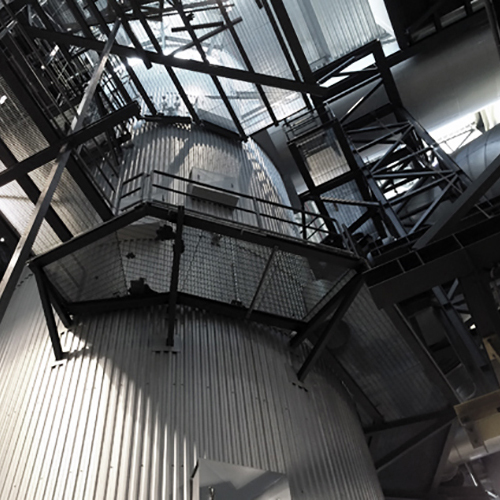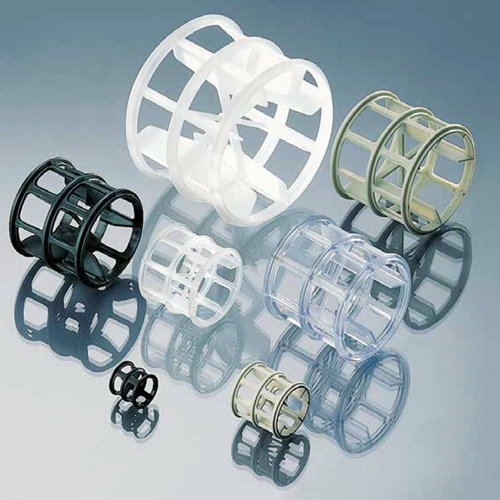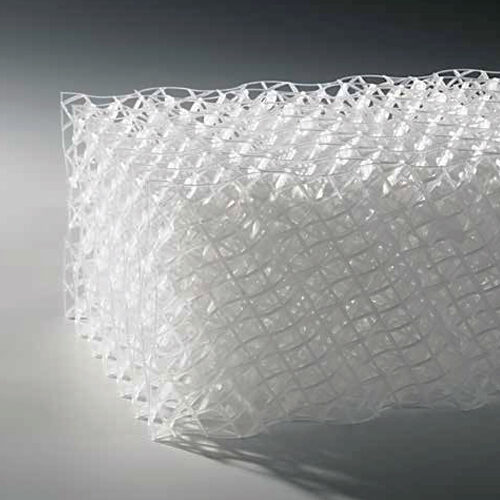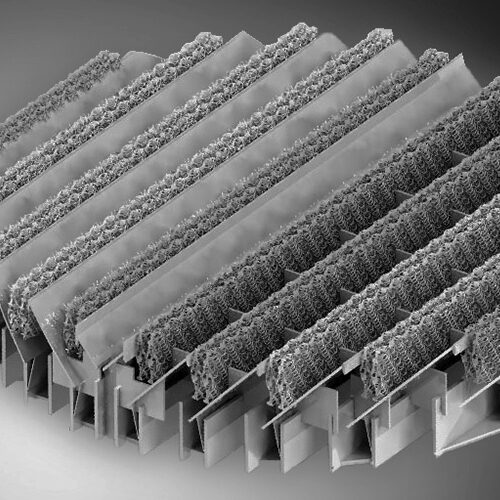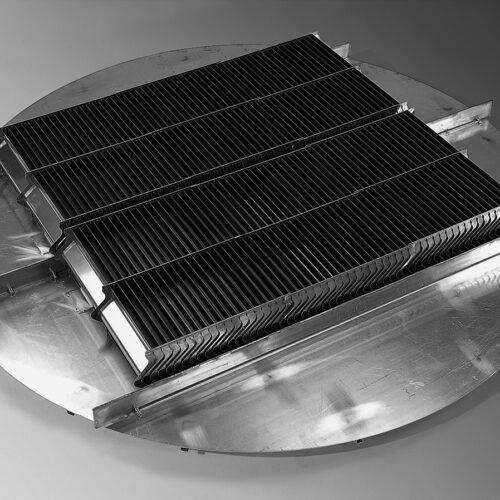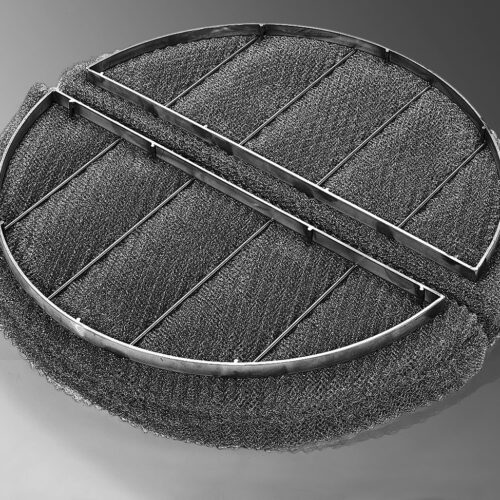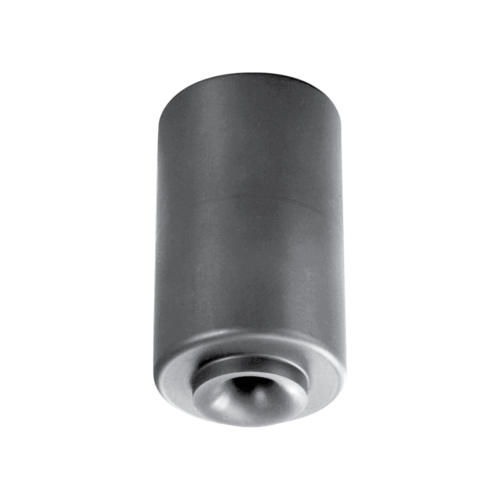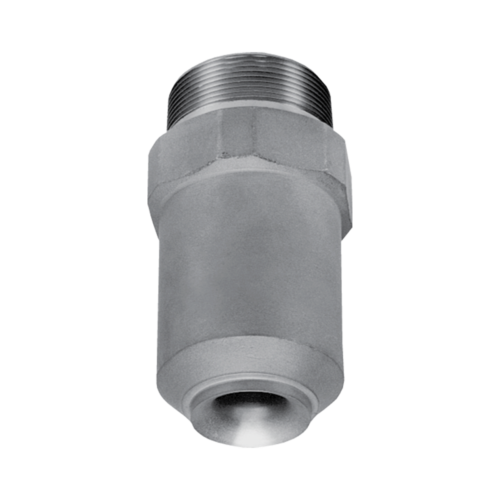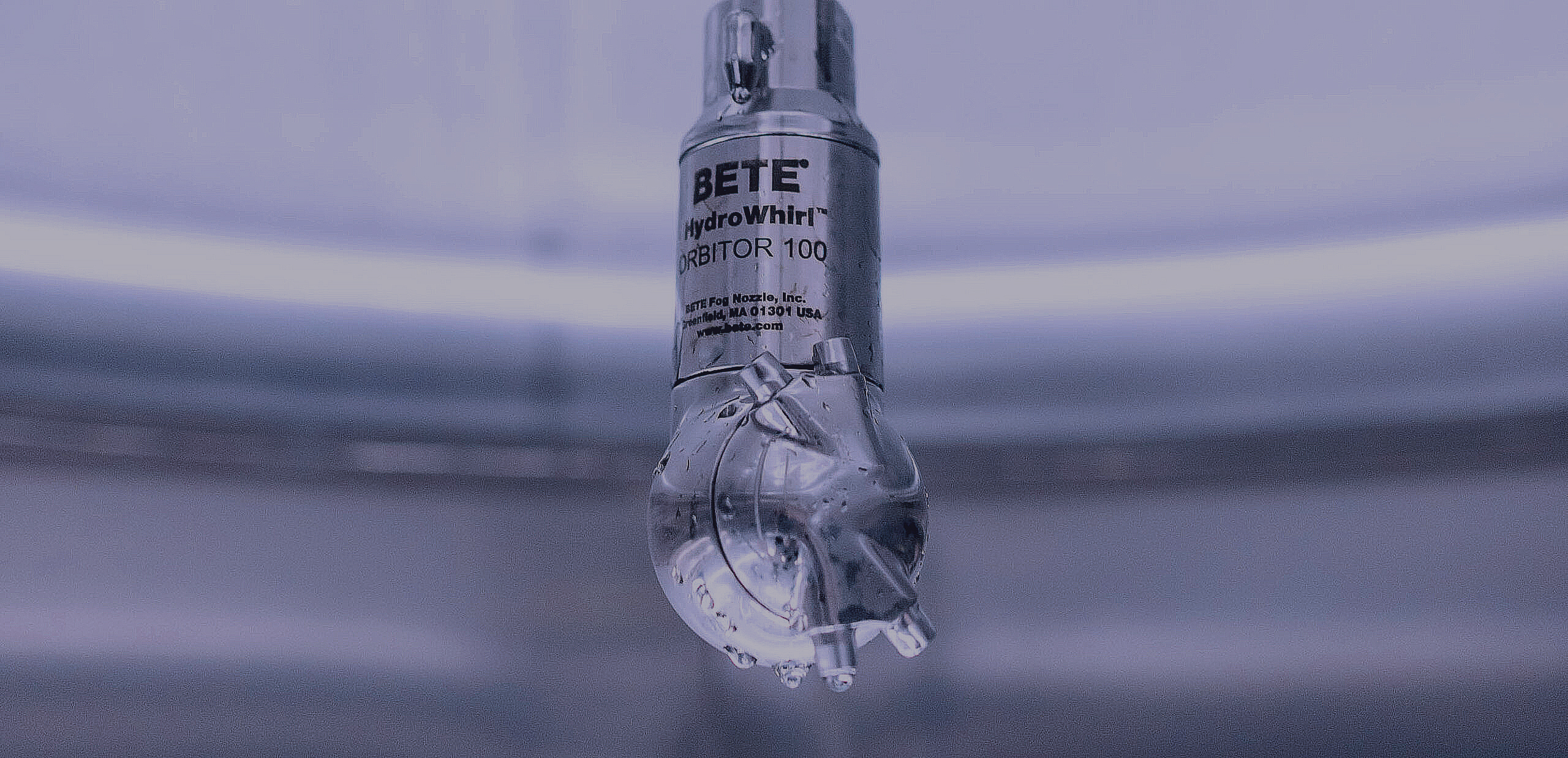
Column internals
How do combined heat power plants (CHP) create warm water for district heating networks?
CHP plants generate both power (electricity) and heat. When biofuels, waste, etc. are burnt, hot flue gases are produced which are used to heat water into high pressure, high temperature steam.
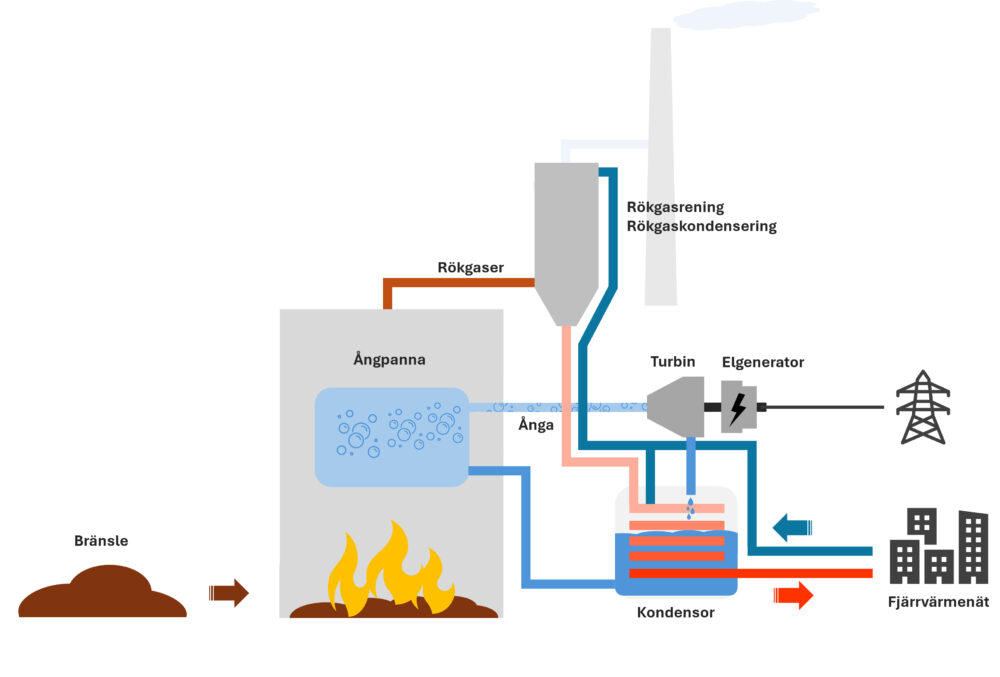
The steam powers steam turbines that produce electricity, which is fed into the electrical grid. Once the steam has passed through the turbine, the remaining heat is used to heat water in a condenser. The hot water is pumped out to the houses in the district heating network.
A CHP plant has an efficiency of over 90%. It becomes even more efficient when the warm flue gases pass through a flue gas condensation column. The result can then be an efficiency close to 100%.
Flue gas condensation in a CHP plant
The basis of the technology is to use moist fuel. The moisture in the fuel evaporates before combustion, leaving the flue gases with a certain amount of water vapour. By cooling and condensing the flue gases, energy is released, which in turn is used to provide additional heat to the district heating network. This means that the usage of the fuel is maximised and is therefore very resource efficient.
Flue gas condensation is carried out in a condensing column where the hot flue gases flow upstream, interacting with a downstream liquid flow with a lower temperature. The water vapour in the flue gas condenses when it reaches its dew point and releases latent energy during the phase change from gas to liquid. This leads to an increase in the temperature of the liquid. There is thus a heat transfer from the gas to the liquid. The energy in the heated liquid is then passed on to a heat exchanger or to another part of the process depending on the design of the specific CHP plant.
Pre-cooling the flue gas to dew point - an important step in the flue gas condensation process
Before the flue gases enter the condensing column, the gases are often cooled down to dew point in order to achieve a more efficient heat transfer process in the flue gas condenser. Pre-cooling of the flue gases is carried out in a separate quench or directly in the flue gas duct using spray nozzles. Read more about gas cooling >>
